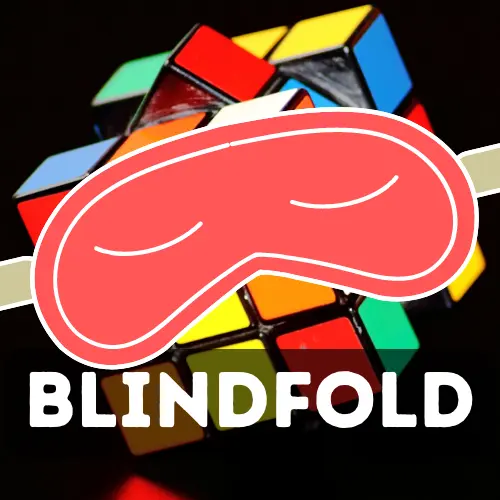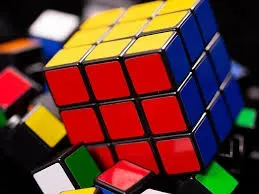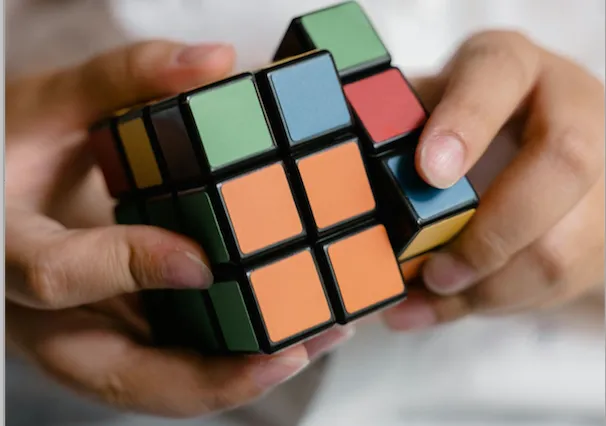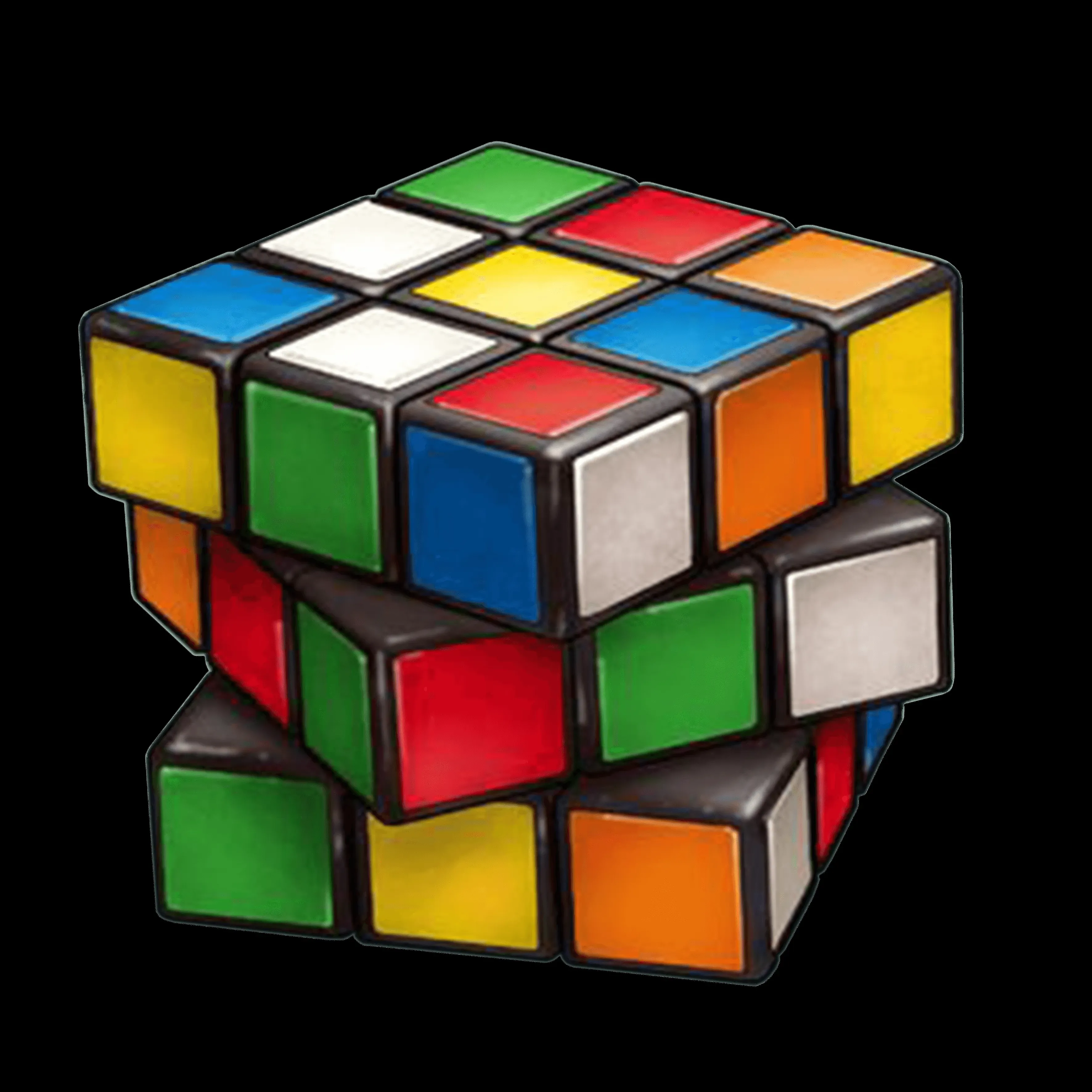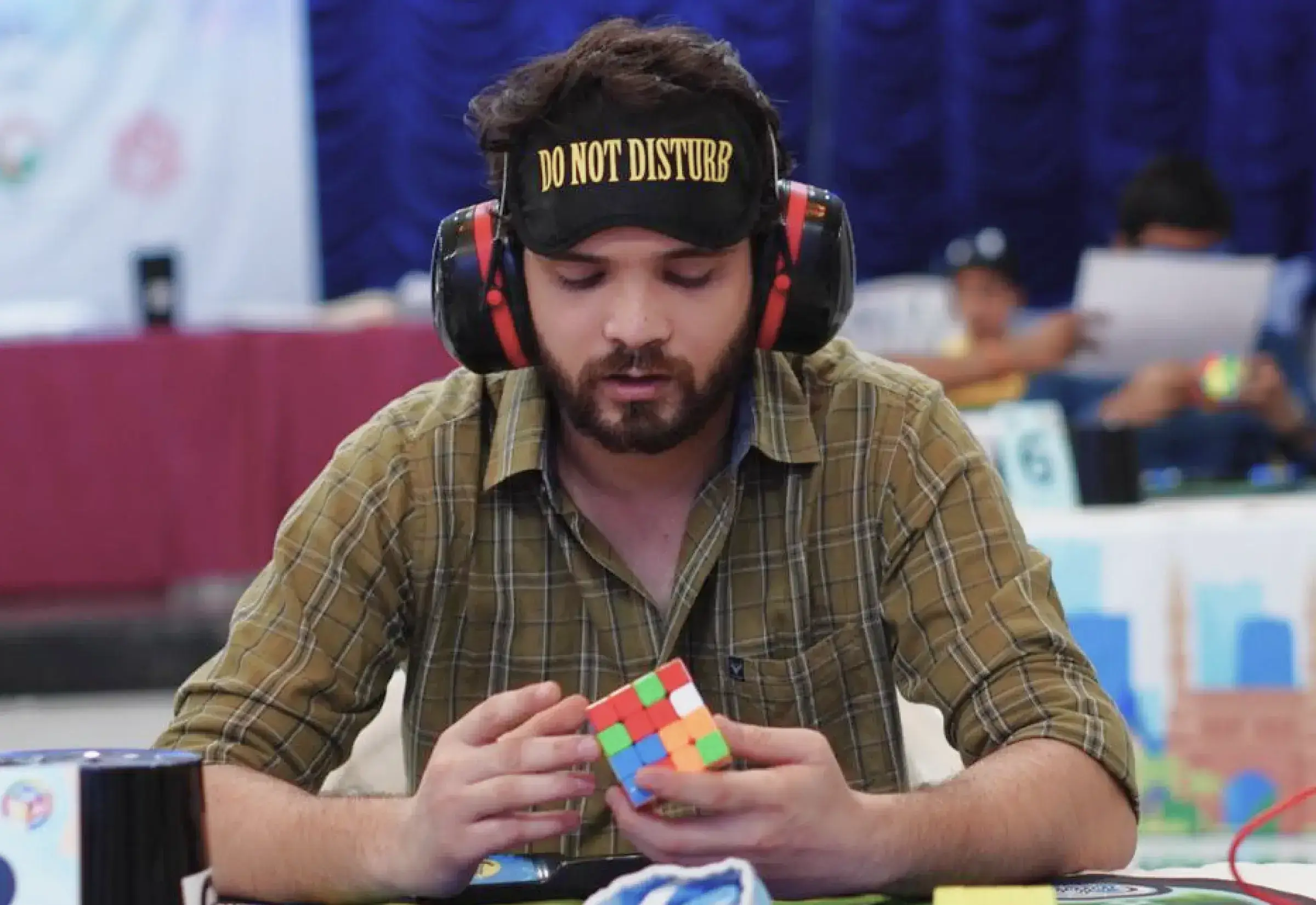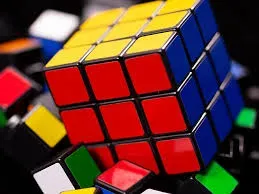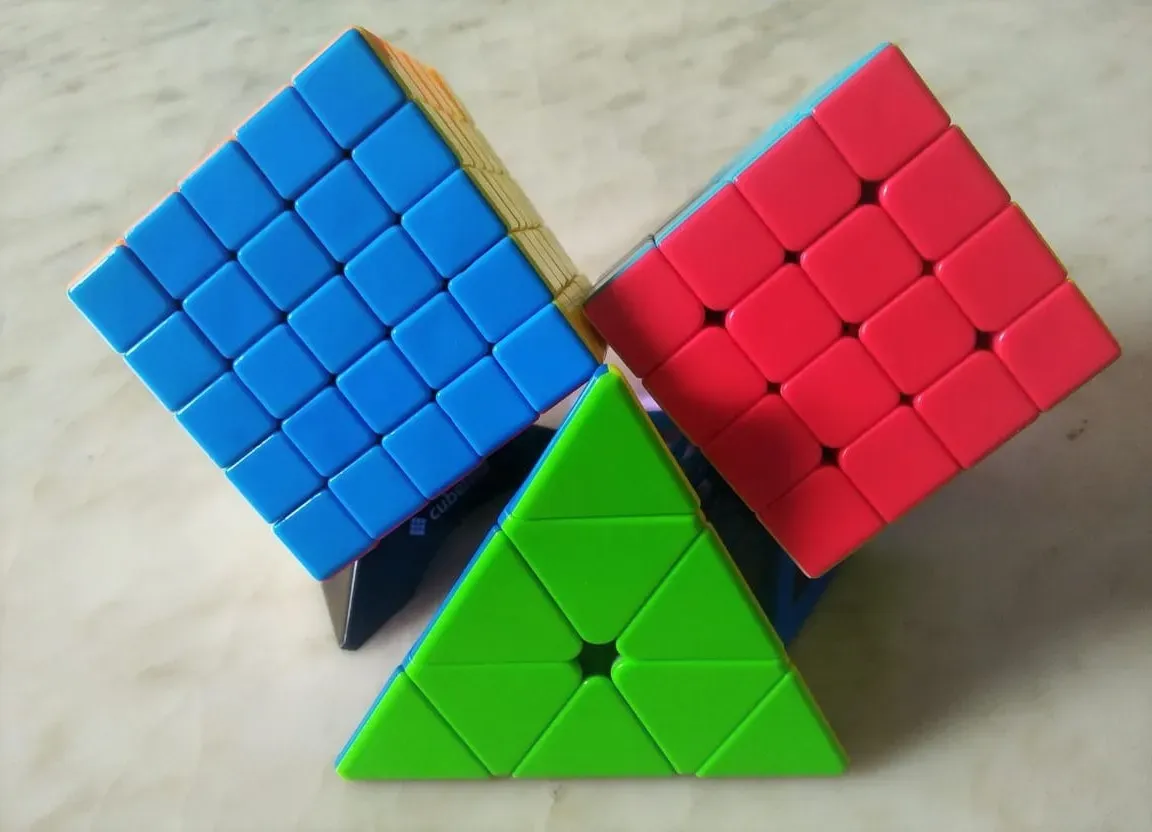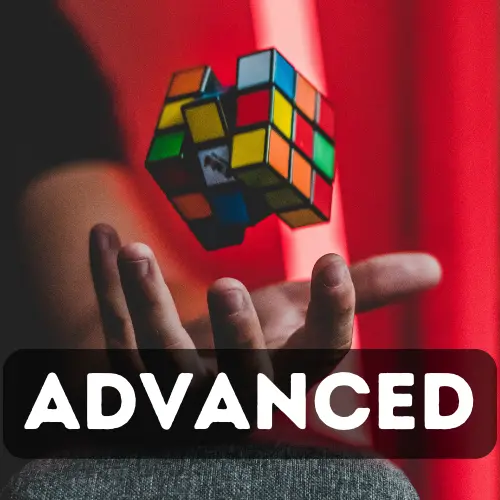7 Hardest Rubik’s Cubes and How you Can Solve
Solving a standard 3x3 Rubik’s Cube is already a challenge for many, but what if we told you there are puzzles out there that make the classic cube look simple? From shape-shifting monsters to cubes with mind-bending patterns, the world of twisty puzzles is full of variations designed to push your problem-solving skills to the limit.
In this blog, we’ll explore the 7 hardest Rubik’s Cubes in the world - and more importantly, break down how you can actually solve them.
7 Hardest Rubik’s Cubes in the World
1. Ghost Cube
2. Mastermorphix
3. Axis Cube
4. Helicopter Cube (Curvy Copter)
5. 12x12 Rubik’s Cube
6. Redi Cube Mods
7. Teraminx
1. Ghost Cube
One of the most notoriously difficult is the Ghost Cube. There are no colors to guide you, no obvious “sides,” and the entire puzzle looks scrambled even when it's just slightly misaligned. The breakthrough comes when the solver realizes that the Ghost Cube is structurally just a 3x3 cube—rotated and transformed.
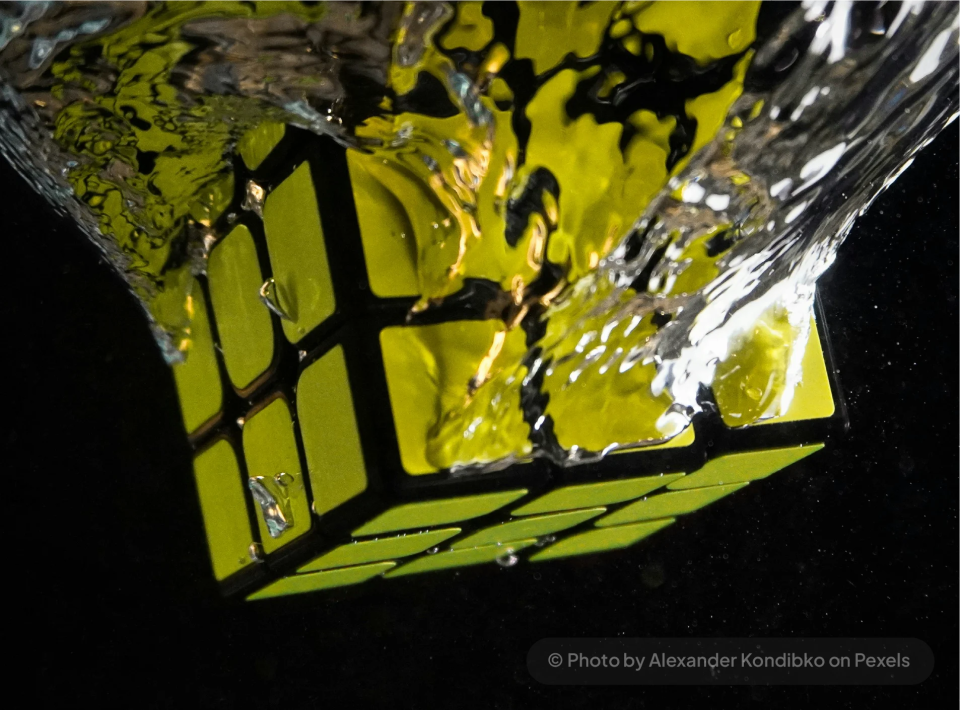
The key moment of clarity is recognizing that solving it isn’t about shape or color matching. Rather it’s about restoring hidden alignment based on relative piece positioning.
Instead of relying on color patterns like in a standard cube, solvers must:
- Mentally reconstruct the cube’s original, solved orientation, even when it appears scrambled.
- Identify center pieces—these don’t move, and understanding their position gives you a reference point.
- Learn to distinguish edges and corners by shape, not location.
- Solve it using 3x3 algorithms, but applied with rotational awareness and fine-tuned alignment.
The actual turning point for most learners is when they stop seeing a chaotic mass of asymmetry and start recognizing how each piece connects to a larger structure—a sort of “ghost” of the original cube. That’s when everything begins to click.
2. Mastermorphix
The Mastermorphix may look naive and friendly, but mayhem breaks loose once it’s scrambled. You lose the sense of orientation completely. Suddenly it feels like you’re solving a puzzle with no reference.
Memorizing more algorithms doesn’t help here. Masermorphix is a shape mod. And you are likely to crack the riddle as soon as you realize it and approach accordingly.
The moment you stop treating it like an unfamiliar shape and begin mapping its pieces back to their 3x3 counterparts—center, edge, and corner—the chaos begins to make sense. You start to recognize that what looks like a curved triangle is actually a corner. That awkward double-edged piece? It’s just an edge, disguised.
Once you mentally overlay the logic of the standard cube onto the distorted shapes of the Mastermorphix, the puzzle transforms from intimidating to intriguing. You can now apply familiar methods—like layer-by-layer solving—while adjusting for the shape-based visual cues.
3. Axis Cube
The Axis Cube is a bold twist on the classic 3x3 puzzle. At first glance, it looks like a Rubik’s Cube gone wrong—its cuts are diagonal, and its pieces are skewed in shape. Once scrambled, it turns into an explosion of irregular fragments, making it nearly impossible to find a starting point.
But beneath the chaos, the Axis Cube still functions like a standard 3x3. The breakthrough comes when you realize that the core structure hasn’t changed—only the orientation has. The cube has been rotated around a different axis, and the pieces have been reshaped to match that new geometry.
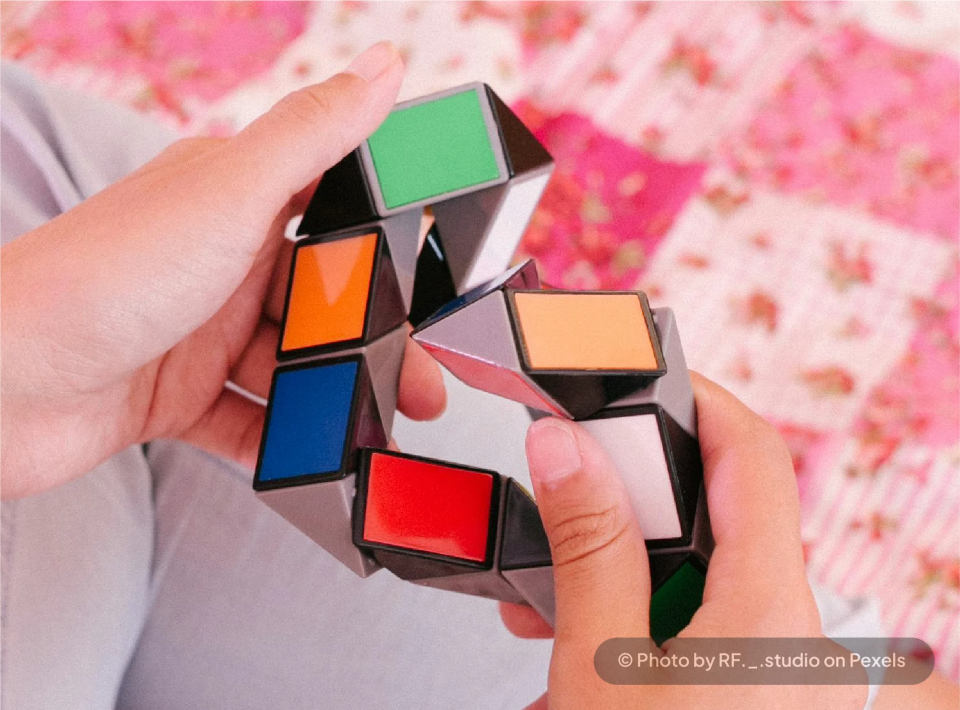
To solve it, you have to mentally reorient the puzzle and identify the centers, edges, and corners based on shape—not position. It trains your ability to see through distortion and apply known solving methods in unfamiliar conditions. Once you make that mental adjustment, the Axis Cube begins to reveal its logic.
4. Helicopter Cube (Curvy Copter)
What’s in that name? It gets its name from the way it turns. The Helicopter Cube or Curvy Copter rotates around its edges. It rotates around its edges—the lines between two adjacent faces. This feature poses an entirely new solving challenge. The moves are called jumbo or jumbling turns that can shift the entire structure in unexpected ways.
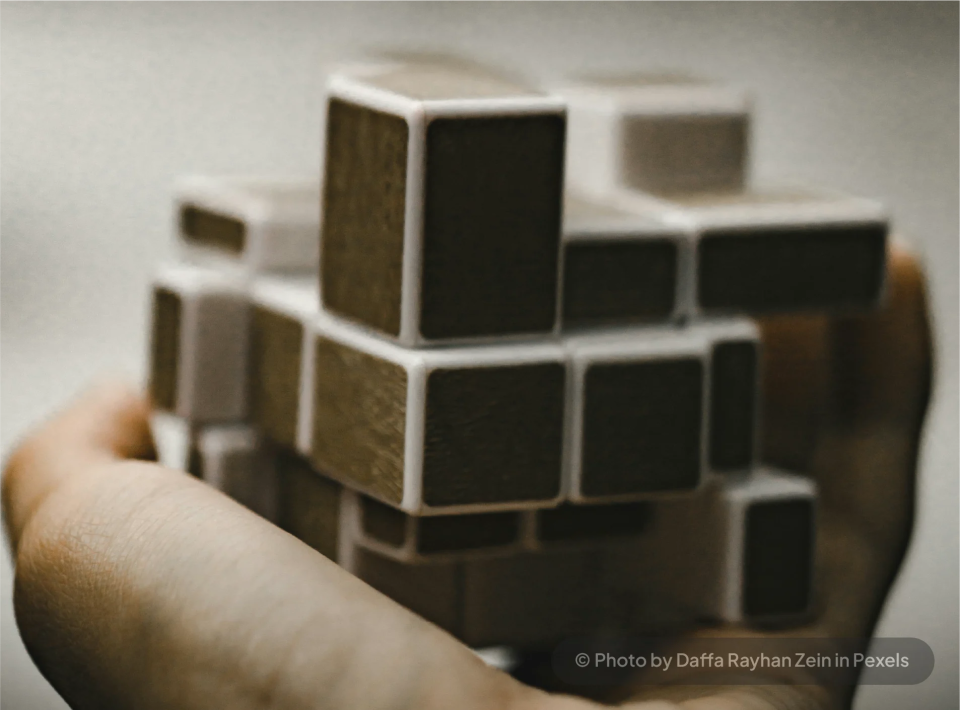
When scrambled, it doesn't just mix up piece positions—it warps the puzzle’s shape, creating a tangle of overlapping parts that seem to defy logic. The breakthrough comes when you understand that despite its complexity, the cube follows a consistent pattern of edge-based movement.
Solving it requires recognizing how pieces swap during edge turns and learning how to manage the shape-shifting caused by jumbling. It’s less about color or size and more about tracking movement across unfamiliar mechanics. The Curvy Copter is a test of adaptability, patience, and logical thinking.
5. 12x12 Rubik’s Cube
The 12x12 Rubik’s Cube is one of the largest and most complex mass-produced puzzles, with thousands of pieces and countless combinations. At first, it feels overwhelming—but the key breakthrough lies in breaking it into manageable phases.
Solving begins with the centers. Each face has a large grid of center pieces that must be grouped by color. Next comes edge pairing, where you match multiple tiny edge pieces into single units. Once centers and edges are solved, the cube behaves like a standard 3x3.
What makes it tricky is the fragility of the layers—turns must be precise—and the appearance of parity errors, unique problems like flipped or misaligned edges that don’t occur on simpler cubes. These require special algorithms.
The real breakthrough is in shifting your mindset: from seeing a huge, unsolvable mess to viewing it as a layered, logical process. Patience, structure, and strategy are everything.
6. Redi Cube Mods
At first glance, Redi Cube mods look playful and deceptively simple. Their rounded design and four-corner-turning mechanism give the impression of a beginner puzzle. But once scrambled, especially with modified versions like the Flower Copter or Ivy Redi, the challenge ramps up fast.
The Redi Cube is unique because it turns around its vertices (corners), not faces or edges like traditional cubes. Mods introduce new shapes, piece cuts, or hybrid designs that distort visual cues and movement.
The breakthrough comes when you recognize that despite their unusual appearance, Redi mods still follow a corner-turning logic. Most pieces move in predictable orbits, and once you understand how the corners affect adjacent parts, solving becomes systematic.
You’re not just matching shapes or colors—you’re managing piece cycles and visual distortions. Success lies in building spatial awareness and applying Redi Cube principles to even the most creatively altered mods. It's intuitive, yet deeply strategic.
7. Teraminx
This is a 12-faced dodecahedral puzzle. Okay! What is that? Dodecahedron—a 3D geometric solid with 12 flat faces, each shaped like a regular pentagon. Teraminx is built in the same manner with 7 layers per face.
With hundreds of movable pieces, it can feel like you're solving a geometric galaxy. But despite its intimidating look, the breakthrough comes from recognizing its core similarity to the Megaminx.
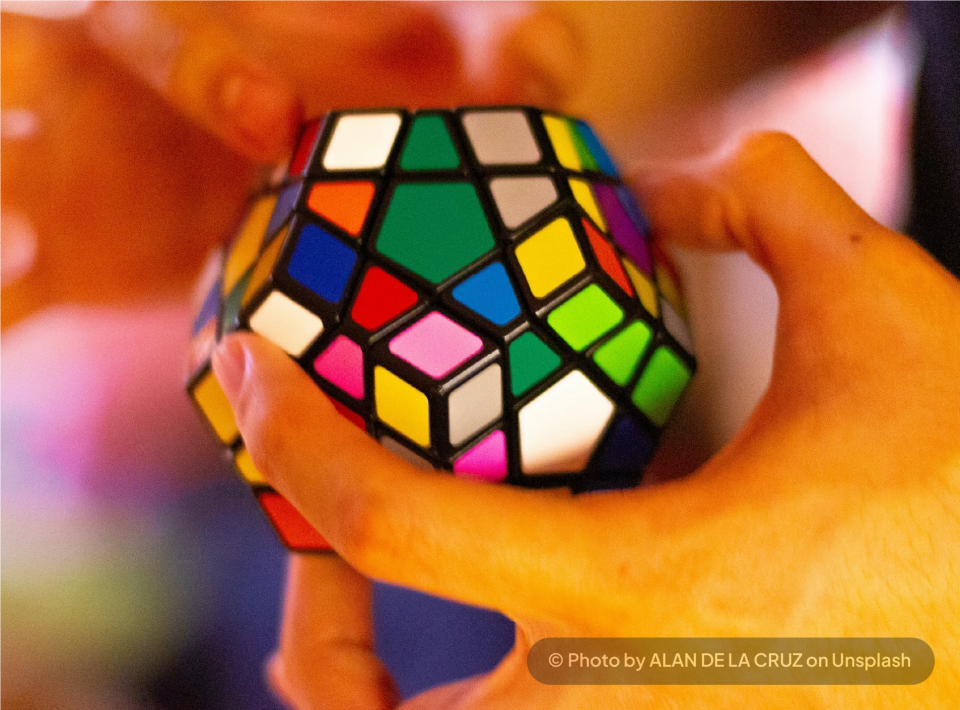
Want to know about Megaminx and more variants of Rubik’s cube? Read Different Types of Rubik’s Cube and Their Unique Features.
The Teraminx is essentially a layered extension of the Megaminx, just like a 7x7 is to a 3x3 Rubik’s Cube. Solving it involves a reduction method—first aligning the centers, then pairing the multiple edge pieces, and finally solving it as if it were a basic Megaminx.
What makes it difficult is piece tracking across so many layers and managing parity errors, which often appear during the final stages. The breakthrough is about staying methodical: focusing on one layer or section at a time and trusting the process. Once the structure is clear, the chaos becomes conquerable.
What’s So Overwhelming About These Hardest Rubik’s Cubes?
What really sets these puzzles apart is that they mess with your brain in more ways than one. In many cases, you can’t rely on the usual visual cues. There are no clear centers. Edges look like corners. Moves lead to unexpected results. And when a puzzle begins to twist and shape-shift during the solving process, you lose track of what you're even trying to restore.
For example, with puzzles like the Ghost Cube or the Axis Cube, you can’t just “look” at it and know what to do next. You have to feel your way through it—testing how pieces fit together, identifying visual patterns, and applying abstract logic. These aren’t just exercises in memory; they’re challenges in perspective and design.
The Cheat Code to Solve the World’s Hardest Rubik’s Cube
“Hard” means different things depending on your level of experience. For beginners, even the Mirror Cube or the Mastermorphix can feel like impossible challenges.
Intermediate cubers—those comfortable with the 3x3 and 4x4—might find the Ghost Cube or Axis Cube more within reach, especially once they’ve learned to recognize symmetry, asymmetry, and how to solve layer by layer even when the shapes don’t seem to cooperate.
Likewise, advanced-level cubers, especially those exploring speedcubing or working toward competitive goals, often seek out the Petaminx, 12x12, and Teraminx. These puzzles are complex not just because of their size, but because they require stamina, patience, and a mastery of high-level algorithms and reduction techniques.
If you’ve been stuck trying to figure out the Ghost Cube on your own, or if you've ever stared at a scrambled Mirror Cube wondering how anyone solves it, you’re not alone. But here’s the truth: with the right mentor and the right structure, anyone can learn to solve even the most complex Rubik’s Cubes. The key is to stop relying on scattered tutorials and start learning with a system. If that makes sense, you should explore Rubik’s cube classes online without much ado.
The “hardest” depends on what you mean. For most people, the standard 3x3 cube already feels tough until they learn the method. Among official puzzles, the 17x17 cube (world’s largest mass-produced cube) is often considered the hardest because of its extreme size and number of pieces. In terms of solving method, puzzles like the Ghost Cube or Mastermorphix are also very tricky because their shapes change and make it harder to recognize patterns.
Yes, but only as a joke puzzle. A 0x0 cube doesn’t have any moving parts — it’s basically just a solid block or a single piece. It’s meant for fun and humor, not for solving.
It depends on the solver. The Megaminx (a dodecahedron with 12 sides) looks more complex but actually follows solving steps similar to a 3x3 cube, just with more repetition. The 4x4 cube (Rubik’s Revenge) is usually harder because it introduces parity errors (situations that don’t happen on a 3x3) and needs special algorithms to fix. So, most cubers find the 4x4 harder than the Megaminx.
Yes! A 21x21 Rubik’s cube has been made, though it’s not an official mass-market puzzle. It was designed by puzzle engineers and is one of the largest functioning cubes ever built. Because of its size, it’s extremely expensive and delicate.



